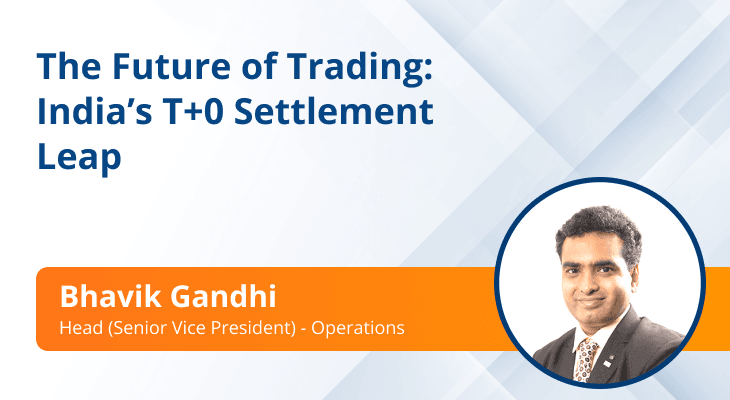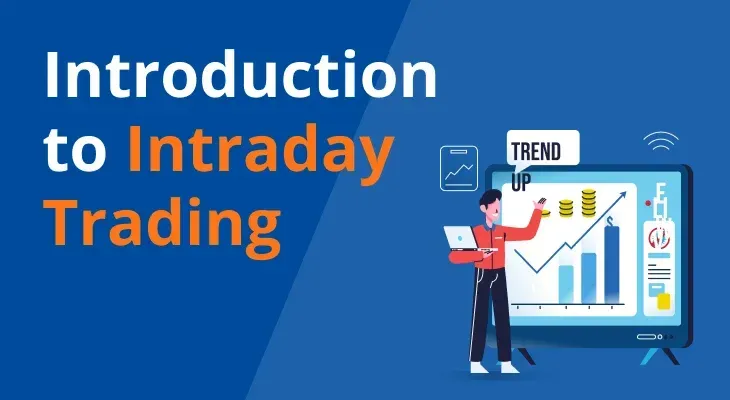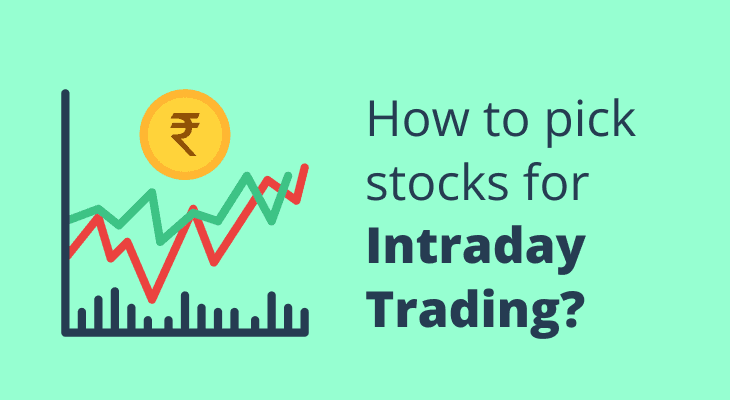
Table of content
The Future of Trading: India’s Leap into T+0 Settlement
The Indian stock market is on the brink of a revolutionary transformation with the introduction of the optional T+0 settlement cycle. This bold step by the Securities and Exchange Board of India (SEBI) positions India among the very few countries globally to implement same-day trade settlements.
Let’s dive into what this means for brokers, investors, and the market as a whole.
What is the T+0 settlement cycle?
Traditionally, the Indian stock market operated on a T+2 settlement cycle, where trades were settled two business days after execution. In January 2023, India successfully transitioned to a T+1 cycle, reducing the settlement timeframe to one business day. Now, the optional T+0 cycle takes this a step further, enabling trades to be settled on the same day they are executed. This innovation is expected to redefine trading and investing dynamics.
SEBI’s circular permits all stockbrokers to participate in the optional T+0 settlement cycle. Brokers can also charge differential brokerage for T+0 and T+1 settlements, provided they remain within regulatory limits. This flexibility allows brokers to tailor their services to meet the diverse needs of their clients.
Challenges and Opportunities
While the T+0 settlement is an exciting development, not all brokers are equally prepared to adopt it. Running T+0 and T+1 settlements for the same securities under the same ISIN presents operational challenges. Despite these hurdles, many brokers are eager to pioneer this change, recognising the potential for increased trading volumes and enhanced client satisfaction.
Currently, investors may not differentiate between T+0 and T+1 settlement cycles. However, as more brokers adopt T+0, awareness and demand are expected to grow. Investors will likely begin to prefer brokers offering same-day settlements for the convenience and liquidity they provide. This shift in demand could compel all brokers to eventually implement T+0 to retain their clientele.
The immediate rollout of T+0 brings challenges such as:
- Settlement difficulties due to the same ISIN being used for both cycles.
- Price discrepancies between T+0 and T+1 segments.
- Operational hurdles for Foreign Portfolio Investors (FPIs) trading across time zones.
- Potential liquidity fragmentation in the market.
In the long term, these issues are expected to be resolved as T+0 becomes the standard across the market. Some of the benefits are:
- Same-day receipt of funds for sellers.
- Elimination of counterparty risks.
- Increased trading opportunities and portfolio agility for investors.
- Enhanced market efficiency and reduced settlement risks.
The path forward
SEBI’s move to introduce T+0 for the top 500 stocks by market capitalization is a strategic decision that sets the stage for broader adoption. Addressing the time horizon challenges faced by FPIs and ensuring robust market infrastructure will be crucial. Just as the transition from T+2 to T+1 seemed daunting initially but was successfully implemented, the move to T+0 will also find its footing with time.
The introduction of T+0 is more than just a technological upgrade. It’s a paradigm shift that has the potential to boost investor confidence with faster settlements, enhance liquidity and trading agility, and reduce systemic risks and improve market resilience.
While the initial phase may bring adjustment challenges, the long-term gains far outweigh the hurdles. T+0 settlement is a testament to India’s commitment to staying at the forefront of global financial innovation.
The transition to T+0 settlement marks a watershed moment in India’s stock market evolution. It underscores the importance of collaboration between regulators, brokers, and investors to build a more efficient and agile ecosystem. As we embrace this change, India once again proves its mettle as a leader in financial market innovation. The future of trading is here, and it’s faster, smarter, and more investor-centric than ever before.


